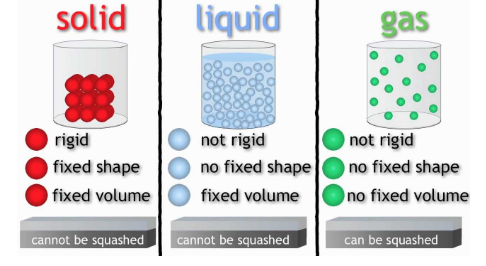
The Knowledge Cycle: Phases of First Year College (Teaching and) Writing

Solid: The Authority Phase
The Authority Phase provides structure and stability necessary for learning to occur. Trust is necessary in the learning environment, and so is respect for boundaries and rules. For instance, when only half my students turned in their projects on time, the authority and the ally in me had to come to a reconciliation. The ally was behind the scenes, but the authority was doing the work. I opened up that class by telling them that we needed to have a heart-to-heart. I had prepared for each of them who did not turn in their on time a “Success Plan,” with options A, B, C, and ABC for them to choose from along with a suggested date of completion which I printed out, and talked one on with one them in the hallway where we assigned appropriate remedial deadlines and plans. This resulted in 100% of the students choosing their own new, fast approaching deadline and meeting it. While I would have preferred them to all have just turned it in on time, this served as a positive learning experience for all of us. I was able to use my training as a former government employee to encourage positive action through documentation. The psychology of printed paper and verbal agreements with a handshake is powerful and teaches students how to live by their word. (Curmudgeon alert: People shaking hands and following through on agreements, valuing/honoring their word, is something that I fear is becoming devalued and far less common in our society.)
Liquid: The Flexible Phase
A learning encounter occurred while we ate pizza and watched each other’s presentations. One of my students said, abruptly out of nowhere, “Kelly! We were up till 4 in the morning last night working on our posters.”
“Are you still going to come on Saturday?” another student asked me.
“Yep! I’m bringing my husband.”
“Can you bring Noel?!” (my dog).
I said I don’t want to get fired.
“Our professor had her dog in class the other day.”
“She probably has tenure,” I said.
I have learned to loosen up a bit. But not enough to bring my dog to class. In my first teaching observation, my observer and I talked about how structured/strict I was on time due to my training in the military civilian workforce. (I had on each PowerPoint slide the amount of time that we were to spend talking on each one). Now, I have balanced that structure with times of fluidity so that in my second teaching observation, he recommended more structure. The fluidity I allow at times, such as that day in which it was a fun activity to cleanse the palate between projects, provides space for us to build relationships so that they are more comfortable with asking questions and so forth as outlined in the above learning encounter, one of many in which the students and I freely discussed their time management and educational experiences. As Carl Jung puts it, “One looks back with appreciation to the brilliant teachers, but with gratitude to those who touched our human feelings. The curriculum is so much necessary raw material, but warmth is the vital element for the growing plant and for the soul of the child.” Operating in the teacher and student realms simultaneously allows me to empathize with the students in terms of workload, writer’s block and procrastination. (For instance, I wrote this reflection after playing Hearts and watching Ken Burns documentaries.)
Gas: The Conceptual Phase
In classes that form a special bond, we have a lot of fun together which might cause them to look back fondly on the class and therefore glean more out of it. Students see the solid structure, rules and policies and they feel comfortable in the environment you set up for them in the liquid, go-with-the-flow form and moments of learning (encounters) allowed for in the daily, weekly and semester-long schedules. What undergraduate students might or might not perceive, unless the instructor points to it, is the work that pours into the solid and liquid phases of the teacher-student discourse cycle while the teacher operates in the ether, the gas/conceptual phase.
To operate in the solid/teacher/authoritative and liquid/student/ally realms, a retreat into the air is necessary. This is where planning and reflection occurs, and I have learned that this time and space is crucial to my development as a teacher/student and to their success as students/teachers. The best way to teach students how to be engaged learners is to show them how, modeling this behavior through mindful teaching practices and the continuous learning mentality. While they might not be consciously aware of my morphing between identities–people don’t always look up from what they are doing to appreciate the clouds–they will eventually reap the benefits when knowledge pours down like rain, freezes the lakes for them to walk on and returns to the atmosphere to start all over again.
Balance is necessary in any ecosystem and the student/teacher college writing ecology is no different. As Stenberg puts it, “it is often the ‘messes’ of our pedogogical work that require us to articulate our pedagogical goals, visions, and values–and to consider revision” (149).
Works Cited
Stenberg, Shari J. “The Teacher As Learner.” Professing & Pedagogy: Learning the Teaching of
English.National Council of Teachers of English, 2005.

